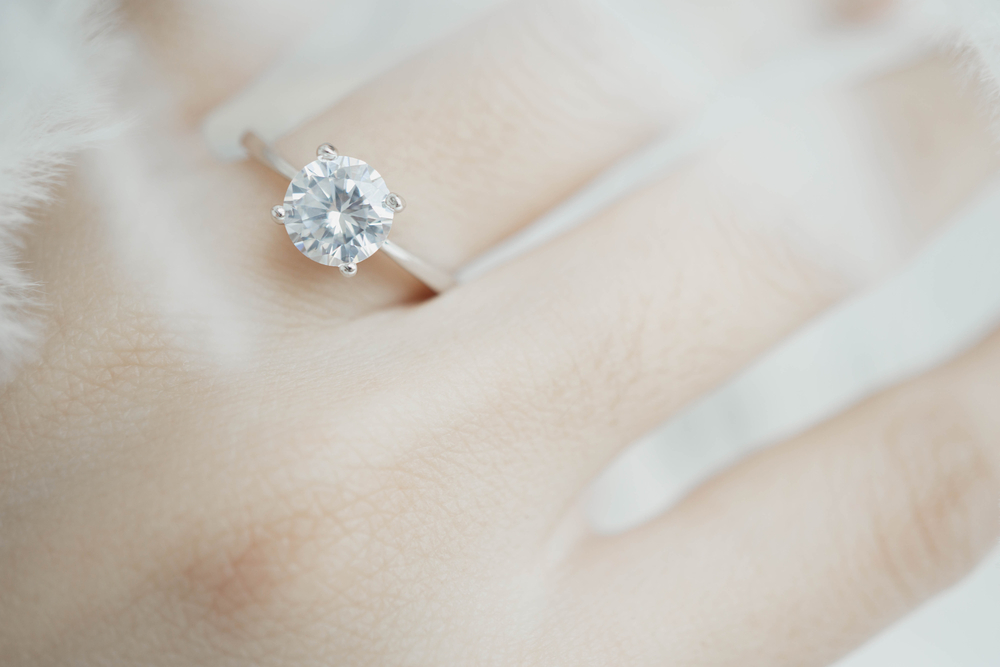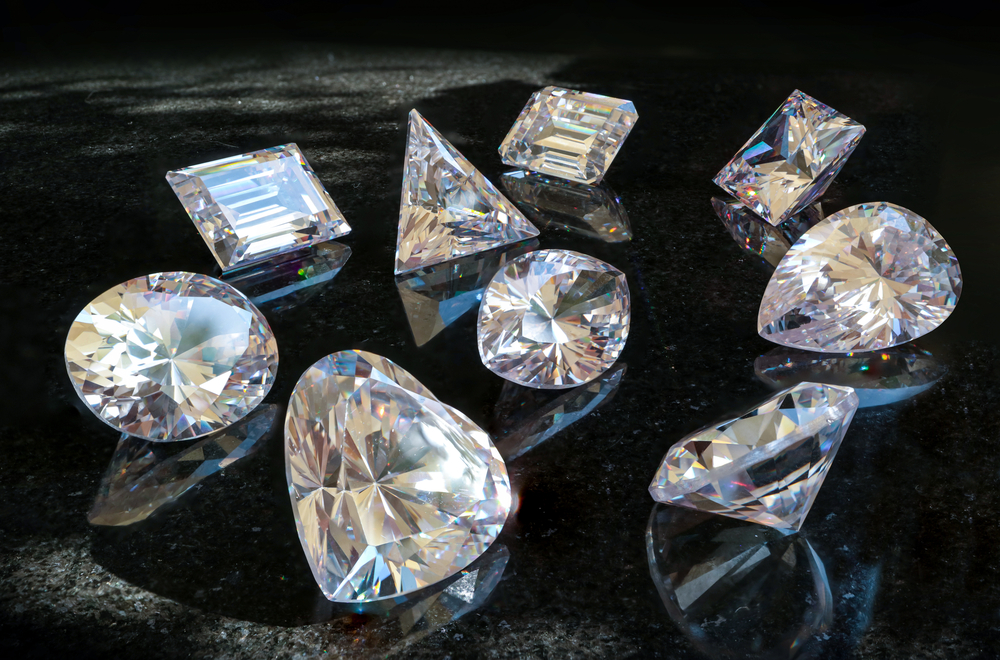
When it comes to purchasing a diamond ring, the focus is often on the brilliance and beauty of the diamond itself. However, one crucial aspect that many may overlook is the setting—specifically, the claws that hold the diamond in place. Claws are an essential part of the design of a ring, especially when it comes to lab-grown diamonds, which are gaining popularity for their ethical and environmental benefits. In this article, we’ll explore the importance of claws in lab-grown diamond rings, the different types of settings available, and how they affect both the aesthetics and security of your ring.
Table of Contents
What Are Claws in Diamond Rings?
Claws are metal prongs or tips that are used to secure the diamond to the band of the ring. Typically made of platinum, white gold, or other durable metals, these prongs hold the diamond in place by gripping its edges. The main purpose of the claws is to keep the stone secure while allowing maximum light to pass through the diamond, enhancing its sparkle and brilliance.
In a lab-grown diamond ring, claws are just as important as in traditional diamond rings because they play a key role in showcasing the beauty of the stone. lab grown diamond rings claws are crafted in laboratories using advanced technology that replicates the natural conditions under which diamonds form. Despite being lab-created, these diamonds are chemically, physically, and optically identical to mined diamonds. Therefore, the claws that hold them should enhance their brilliance without compromising on security.
Types of Claws for Lab Grown Diamond Rings
When choosing a setting for your lab-grown diamond ring, the type of claws used can significantly impact both the design and durability of the ring. Here are the most common types of claws found in lab-grown diamond rings:
1. V-Prong Claws
V-prong claws are one of the most popular settings for diamonds. This type of prong is shaped like a “V” and is typically used for pointed diamonds, such as marquise or pear-shaped stones. The V-prong allows the claws to securely hold the diamond at the tip, preventing it from shifting or becoming loose over time. These prongs can add a unique and elegant touch to the overall design of the ring.
2. Round or Standard Claws
Round or standard claws are the most traditional and widely used claw shape in diamond rings. These claws feature a rounded shape and are designed to hold the stone securely in place without distracting from the diamond’s beauty. This classic design is often seen in solitaires and engagement rings, making it a timeless choice.
3. Cathedral Claws
Cathedral claws are designed with a more ornate appearance, often seen in engagement rings that feature a cathedral setting. The claws themselves are often elevated, creating a sense of grandeur and sophistication. This style of claw setting is ideal for those looking for a more elaborate design while maintaining security for the diamond.
4. Bezel Claws
Bezel settings are often used in place of traditional claws to provide a more secure, modern look. While bezel settings do not feature prongs in the traditional sense, they “wrap” the diamond with a thin band of metal around its edges, holding the diamond securely. This setting is especially popular for those seeking a more contemporary, minimalistic aesthetic.
Why Are Claws Important for Lab-Grown Diamond Rings?
1. Maximizing the Diamond’s Brilliance
The primary purpose of claws in lab-grown diamond rings is to hold the diamond in place while allowing light to pass through the stone. Claws that are too large or thick can block light from entering the diamond, reducing its sparkle. A well-designed set of claws, however, will lift the stone just enough to let light reflect off all its facets, enhancing its brilliance.
2. Ensuring Security and Durability
In addition to enhancing the diamond’s brilliance, claws are also responsible for securing the stone in place. A well-designed claw setting will ensure that the diamond stays firmly in position without the risk of it coming loose or falling out. Whether you’re choosing a solitaire or a multi-stone design, the claws need to be durable enough to withstand daily wear.
3. Complementing the Ring Design
The style of claws used in your lab-grown diamond ring can complement the overall design of the ring. For instance, if you prefer a vintage or antique-inspired look, you may opt for ornate cathedral claws. Alternatively, if you prefer a more minimalist or modern style, bezel or tension settings might be more suitable. The right claws can elevate the overall aesthetic of the ring, making it uniquely yours.
Lab-Grown Diamonds vs. Mined Diamonds: Does It Affect the Claws?
While the claws themselves are not directly affected by whether the man made diamonds is lab-grown or mined, it is important to consider the difference in value and perception between the two. Lab-grown diamonds are generally more affordable than their mined counterparts, which means you can often get a larger or higher-quality diamond for the same price.
Since lab-grown diamonds are becoming more popular due to their ethical and environmental benefits, many jewelry brands are starting to offer innovative claw settings that highlight the beauty of these stones. The claws in a lab-grown diamond ring should be chosen with the same care and attention to detail as they would be in a mined diamond ring. The focus should always be on both security and aesthetics, ensuring that the diamond is showcased to its full potential.
Conclusion: Choosing the Right Claws for Your Lab-Grown Diamond Ring
When selecting a lab-grown diamond ring, it’s important to carefully consider the claws that will hold the stone in place. Whether you opt for classic round prongs, elegant V-prongs, or modern bezel settings, the claws should both secure the diamond and enhance its beauty. With a variety of settings available, there is a perfect claw design for every individual taste, ensuring your lab-grown diamond ring is both stunning and durable for years to come.







